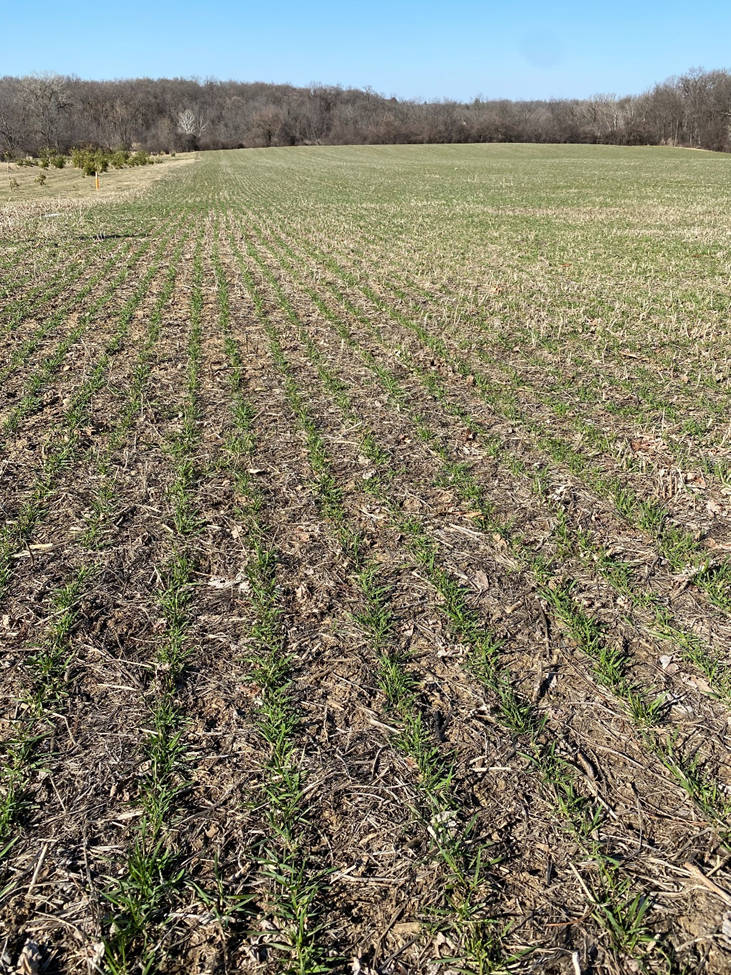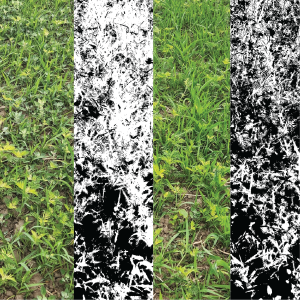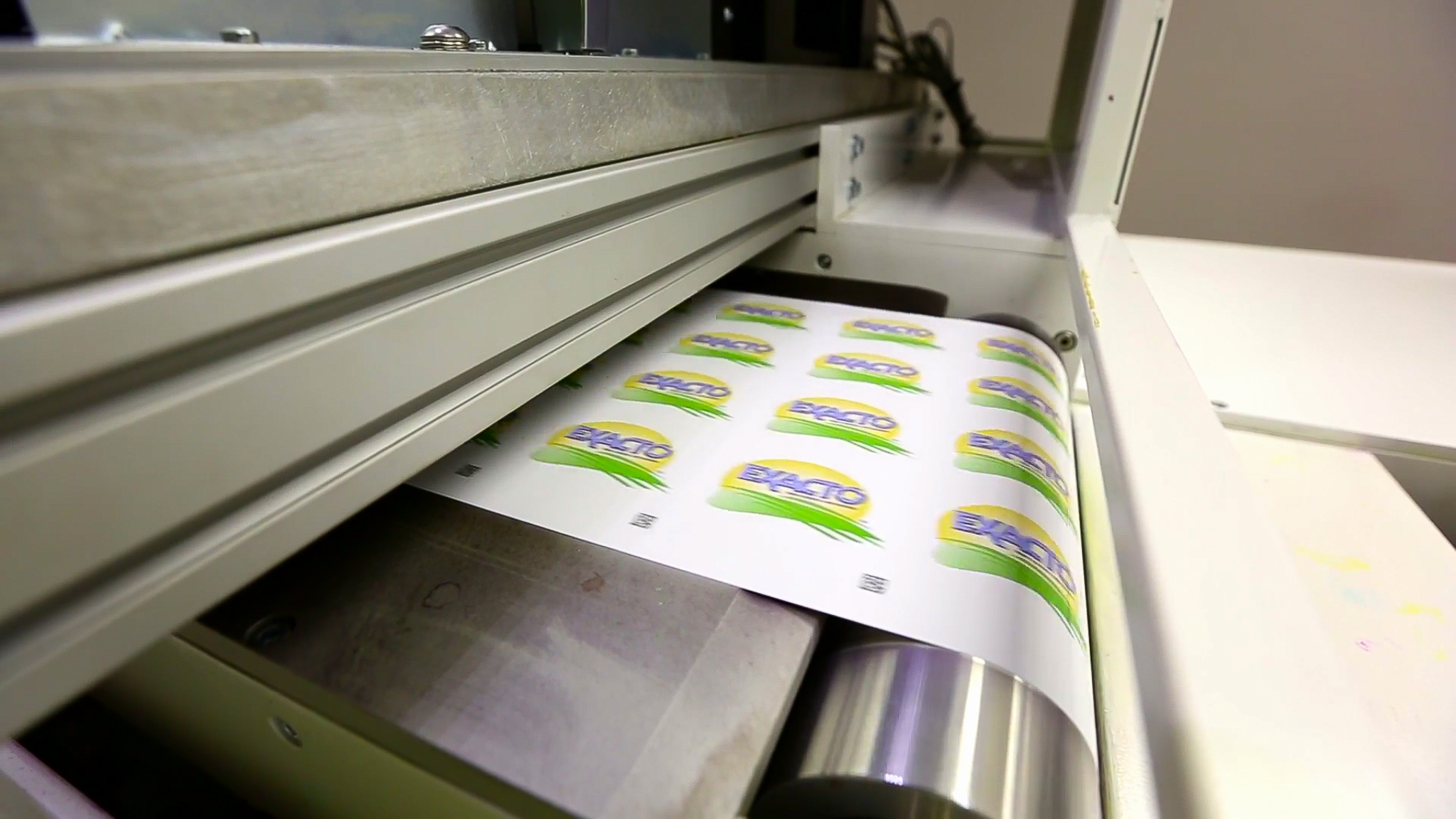
Exacto Heads to Capitol Hill
Leaders from Exacto and other companies recently took part in advocacy activities in Washington, DC, engaging in twenty-four meetings with congressional leadership, senators, and the Environmental Protection Agency (EPA). They addressed a major challenge related to the Endangered Species Act (ESA).








